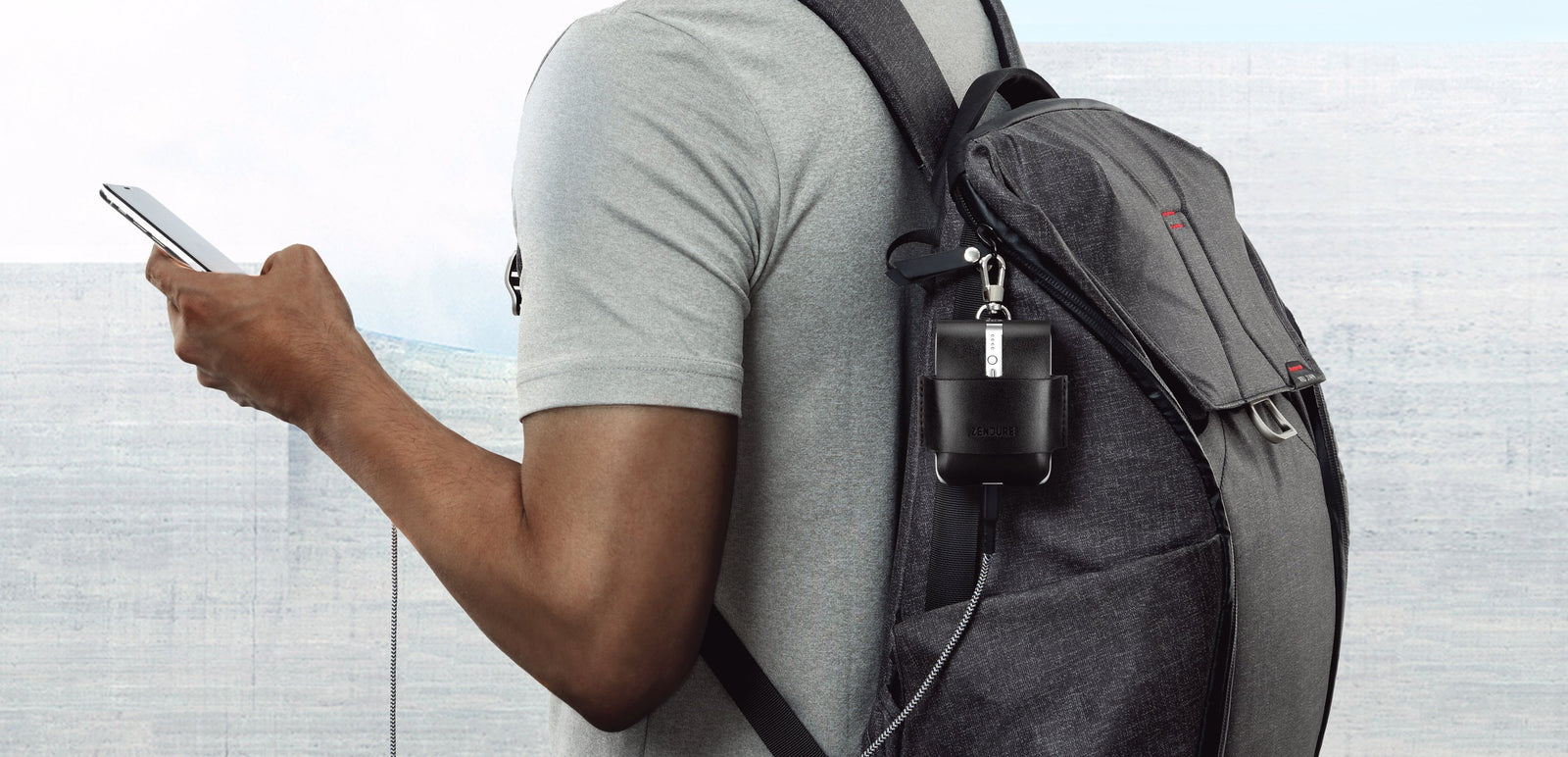What You Need to Know Traveling With Portable Chargers


Today’s travelers depend greatly on technology. Whether it is the iPhone, smartphone, tablet, laptop, or other mobile electronic device, technology and travel have become completely intertwined.
We use our phones to keep in contact with loved ones at home, manage our travel plans, capture vacation memories, and stay in contact with the office. We use our tablets for watching movies and playing games on the plane. As well, business people will do work on their laptops and notebooks when on a long flight. However, when our batteries die, it can cause a lot of frustration and even panic. For this reason, portable battery chargers are the perfect solution for travel.
When traveling by airplane, it is important to know what type of battery charging technology you can and cannot take on the flight. This is particularly important because of the strict rules imposed for passenger and crew for safety and security. No one wants to have their battery charger blocked from the flight or even being that passenger removed from a flight for having a banned item.
Before attempting to board a flight with a portable battery charger, there are a few key details to be aware of so you can avoid any delays or even being denied flight boarding.

Portable Chargers on Flights
Most portable battery chargers (power banks) are permitted on a flight. However, battery chargers power which use lithium-ion batteries must be stored in the carry-on luggage only. Battery chargers can only be brought on with carry-on luggage because there are batteries that contain both the (anode) fuel and the (cathode) oxidizer which could possibly result in an internal battery chemical reaction which could explode and cause a fire. Even though not all batteries react in such a way, airlines prohibit all batteries from being stored in the regular luggage cargo hold, and instead mandate that they be carried on the flight in the cabin.
Battery Charger Restrictions
Companies market their power banks by their milliampere hours (mAh). However, this standard is only useful when comparing items that use the same type of battery. The FAA rules for lithium-ion batteries is that anything rated above 100 watt hours (Wh) is restricted. Watt hours indicates the battery can provide a certain amount of watts per hour. Watt hours allows for a reliable way to compare various types of batteries, rather than the same type of battery. There are some power banks that exceed that limit, but it does enable most power banks to be carried on flights,
Calculating the watt hours of your power bank entails using the following formula:
(mAh)/1000 x (V) = (Wh)
Or, Milliamp Hours/1000 x Nominal Voltage = Watt Hours
Essentially, power banks allowed for carry-on baggage in the cabin must have a capacity below 100 Wh, or equivalent to less than 27,000 mAh, Note, with prior approval from an airline, power banks rated 100.1-160 watt hours can be taken onboard.
Zendure always regards safety as a top priority and invests much time and energy to develop an advanced Multifaceted Safety Protection system. With high-quality hardware components and an advanced safety system, Zendure provides unparalleled protection to keep you and your devices safe. All Zendure products comply with legal standards of safety. All Zendure portable chargers are within regulations to take on flights. That is, they are all under 100Wh and can be taken on a flight.
For example, Zendure SuperTank portable charger can charge your phone 5-7 times and charge a MacBook at full speed. With 100W Power Delivery and a 27,000mAh capacity, SuperTank is extremely powerful and it can keep you going for a week. By understanding airline regulations and adding a A3PD, SuperTank, or another Zendure portable charger to your carry-on bag, you could enjoy a relaxing flight.
Traveling Abroad and Battery Charging
You may be worried about how you will charge your battery and other devices when visiting another country. Because many countries use different types of outlets than the United States. The United States uses the Type B outlet. Most of Europe and the Middle East use a Type C plug. Great Britain uses Type G. Central America and Asia tend to use Type A. Africa tends to use Type C or E. Australia uses Type I.
To save some money and avoid buying many different types of adapters, get an all-in-one multi-port plug adapter. Passport GO travel adapter works in over 200 countries and regions.

It is always better to be technologically informed when traveling. This includes knowing about traveling with portable battery chargers and travel adapters. It will help you be prepared for the flight as well as traveling in the foreign destination.








Leave a comment